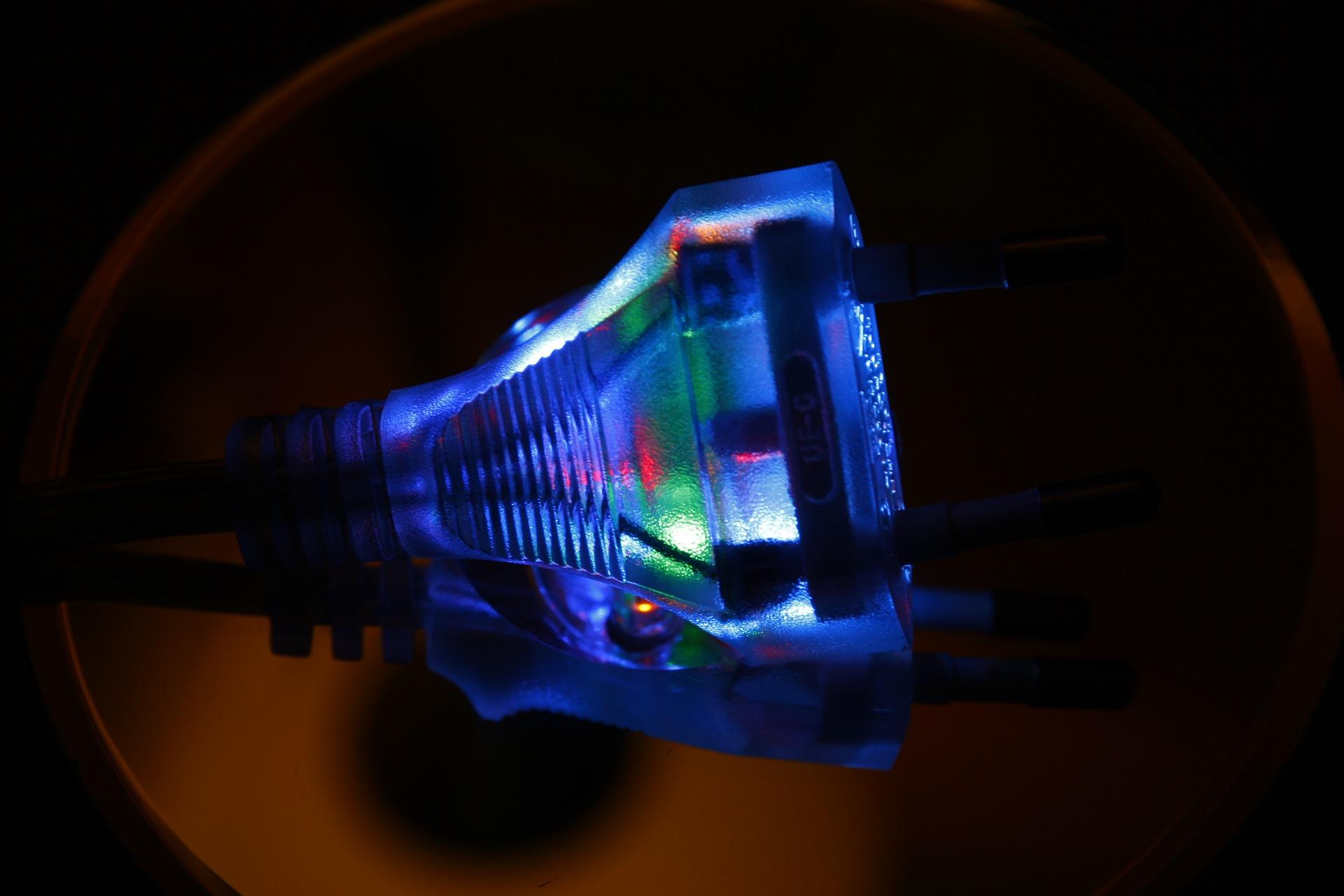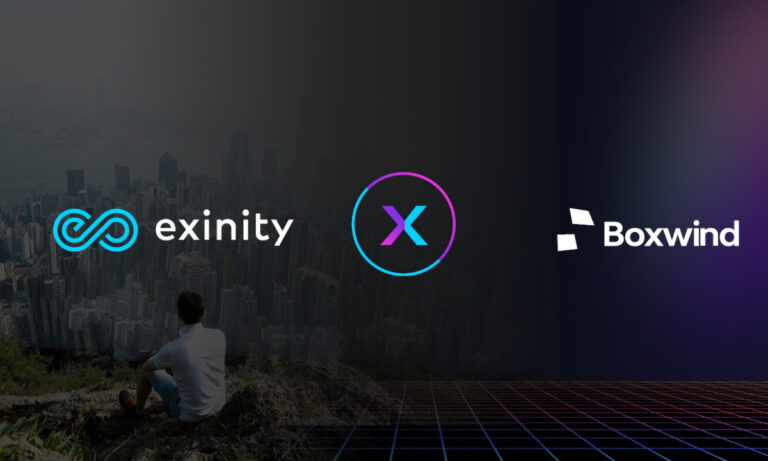Merge To Reduce Ethereum’s Energy Consumption by 99.95%

- Polygon revealed that the anticipated Ethereum Merge will cut down power consumption by 99.95%.
- Despite the Merge reducing footprint and energy consumption, it’s still vague concerning scalability and gas fees.
As we await the Merge on the Ethereum blockchain when the network will transition from being a Proof-of-work to a Proof-of-Stake network, Polygon a Layer 2 blockchain built within the Ethereum network revealed through a long thread of tweets that the Merge will cut down Ethereum’s Energy consumption by 99.95%.
~99.95% ‼️
That’s how much the switch to PoS will shrink Ethereum’s energy consumption, making Ethereum future-proof, just like Polygon. This lines up with our commitment to becoming a carbon negative chain by the end of 2022.
— Polygon | Aggregated (@0xPolygon) August 23, 2022
It is estimated that the transition from Proof-of-Work to Proof-of-Stake will reduce Ethereum’s energy consumption by almost 45,000 gigawatt-hours per annum. In terms of footprinting, the process will be as effortless as running a network of computers.
Ethereum Clear out False Impression Surrounding The Merge
Ethereum.org cleared misconceptions as the Ethereum community awaited the full transition to Poof-of-Stake on the mainnet. It is disappointing to some members of the Ethereum Fraternity that the Merge won’t have any effect on gas fees and transaction speed.
A summary of the misconceptions include:
-
Running a node requires staking 32 ETH.”
- The merge will reduce gas fees
-
Transactions will be noticeably faster after The Merge.
- Validators will not receive any liquid ETH rewards til the Shanghai upgrade when withdrawals are enabled.
- When withdrawals are enabled, stakers will all exit at once.
- Staking APR is expected to triple after The Merge.
- The Merge will result in downtime of the chain.”
The Merge includes the reduction in Ethereums footprint and equally in supply. This move of reduced supply combined with the burning mechanism will make the asset bullish.
It is also evident that not everyone is happy about the transition as certain miners are against the transition from roof-of-Work to Proof-of-Stake. An open letter addressed to Ethereum Classic (ETC) cooperative by the EthereumPoW faction likened it to a baby by stating:
“ETC has not grown since its birth. In the past four or five years, it has stood still, stagnant, and failed to establish any ecology. It is conceivable that ETC will continue to be a giant baby in the future. ETC has not been able to attract the computing power pool in the past, and naturally, it will not be able to undertake the computing power pool that was abandoned by ETHPoS in the future,” the group writes.
Just In: Ethereum Foundation Details
Key Stakeholders:
- Miners: The fact that Ethereum will undergo a full transition to a Proof-of-Stake proves that this mechanism only requires Validators to hold and stake ETH tokens.
- Node Operator: Node operatorsrunning on the the Proof-of-Work algorithim need to run a consesus layer client wheere a a JWT token will b passed to every client.
- Validator Client: Validators are similar to Proof-of-Work miners only that they operate in Proof-of-Stake algorithim. They are the only pople allowed to stake Eth to be able to participate in the network
- Stakers: Stakers who wish to run a validator on a testnet in preparation for the mainnet proof-of-stake transition can do so on Goerli now merged with Prater.












+ There are no comments
Add yours